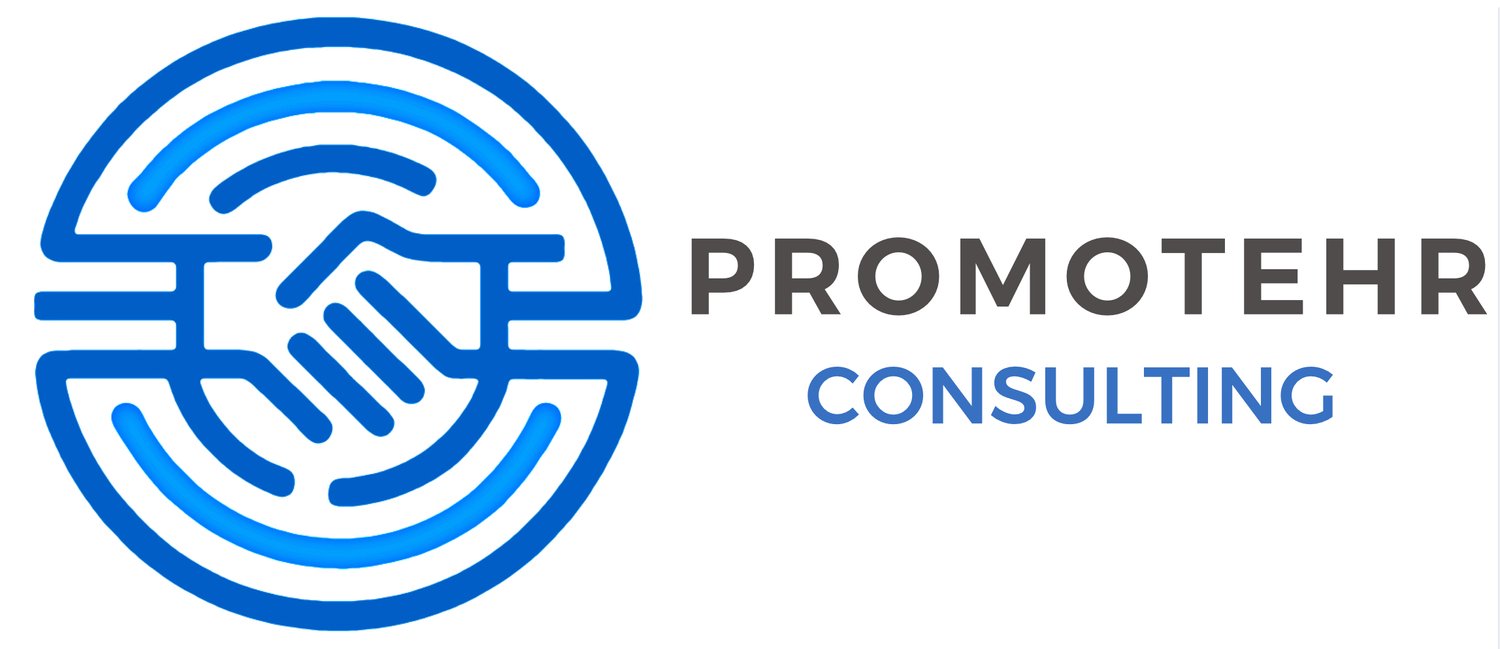Executive Summary: Trends in EEOC Charge Statistics (FY 2013 - FY 2023)
Over the past decade, we've seen some interesting changes in workplace discrimination as reflected in the Equal Employment Opportunity Commission (EEOC) charge statistics. Here's a friendly rundown of the key trends from fiscal years 2013 to 2023, offering a clear view of how things have evolved.
A Decade of Change
From FY 2013 to FY 2023, the total number of charges filed with the EEOC has generally been on a downward trend, hinting at improvements in workplace conditions or other factors reducing the need for formal complaints. We started at 93,727 charges in FY 2013, dropping to a low of 61,331 in FY 2021. However, things took an upward turn again, reaching 81,055 charges by FY 2023. This recent increase might be due to renewed awareness and reporting of discrimination issues or emerging workplace challenges.
Insights by Discrimination Type
Age Discrimination:
Age-related complaints have been a significant part of the total charges, hovering around 22-23% in the early years. Although they dipped to 15.6% in FY 2022, they saw a slight rise to 17.4% in FY 2023. The actual number of these charges mirrored this trend, starting at 21,396 in FY 2013, decreasing, but then rebounding a bit in the latest fiscal year.
Color Discrimination:
There's been a noticeable increase in color discrimination charges, rising from 3.4% of total charges in FY 2013 to 7.2% in FY 2023. The count of these charges has also grown, reflecting a heightened awareness and reporting of color-based discrimination in the workplace.
Disability Discrimination:
Disability discrimination has remained a significant concern, consistently making up around 30% of the total charges. This steady presence suggests ongoing challenges for individuals with disabilities, despite overall improvements in workplace inclusivity.
National Origin Discrimination:
Charges related to national origin have stayed fairly steady, accounting for about 10% of the total. This stability suggests there are persistent issues that need continuous attention to create more inclusive workplaces.
Retaliation:
Retaliation is the most common charge, making up over 50% of the total charges throughout the years. This highlights a critical area where employees feel the need to report unfair treatment after lodging complaints or asserting their rights.
Equal Pay Act (EPA):
EPA charges have fluctuated over the years but have remained relatively low compared to other categories. This category's charges typically constitute a small percentage of total charges, reflecting specific issues related to pay equity.
Genetic Information Nondiscrimination Act (GINA):
Charges under GINA have consistently been minimal, indicating either low awareness or lower incidence of genetic information discrimination in the workplace.
Religion:
Charges related to religious discrimination have remained relatively stable, similar to national origin discrimination. This category consistently accounts for a steady proportion of the total charges.
Sex Discrimination:
Sex discrimination charges have shown a gradual decrease in number but still constitute a significant portion of the total. This indicates ongoing issues related to sex discrimination in the workplace that need to be addressed.
Race Discrimination:
Race discrimination charges have remained stable and consistently high, reflecting persistent racial discrimination issues that require continuous efforts to combat.
Sexual Harassment:
Sexual harassment charges have also followed the overall trend of slight decline but remain a critical area of focus for ensuring safe and respectful workplaces.
Conclusion
The EEOC charge statistics from the past decade give us a nuanced picture of workplace discrimination trends. While the overall decrease in charges suggests some positive changes, the persistent and sometimes increasing numbers in specific categories like retaliation and disability discrimination show that there's still work to be done. The recent rise in total charges in the last few years calls for a deeper understanding and renewed efforts to address and mitigate discrimination in the workplace effectively.
As we move forward, it's essential for organizations, policymakers, and stakeholders to work together to create environments that are not only compliant with legal standards but are also genuinely inclusive and respectful of diversity.

